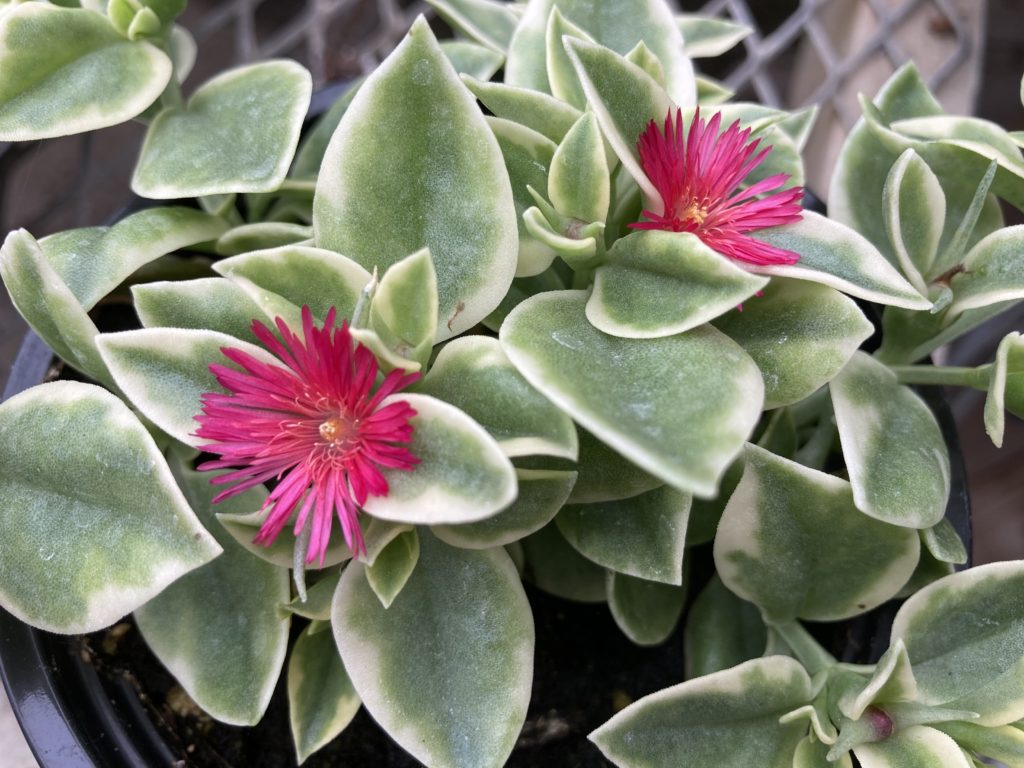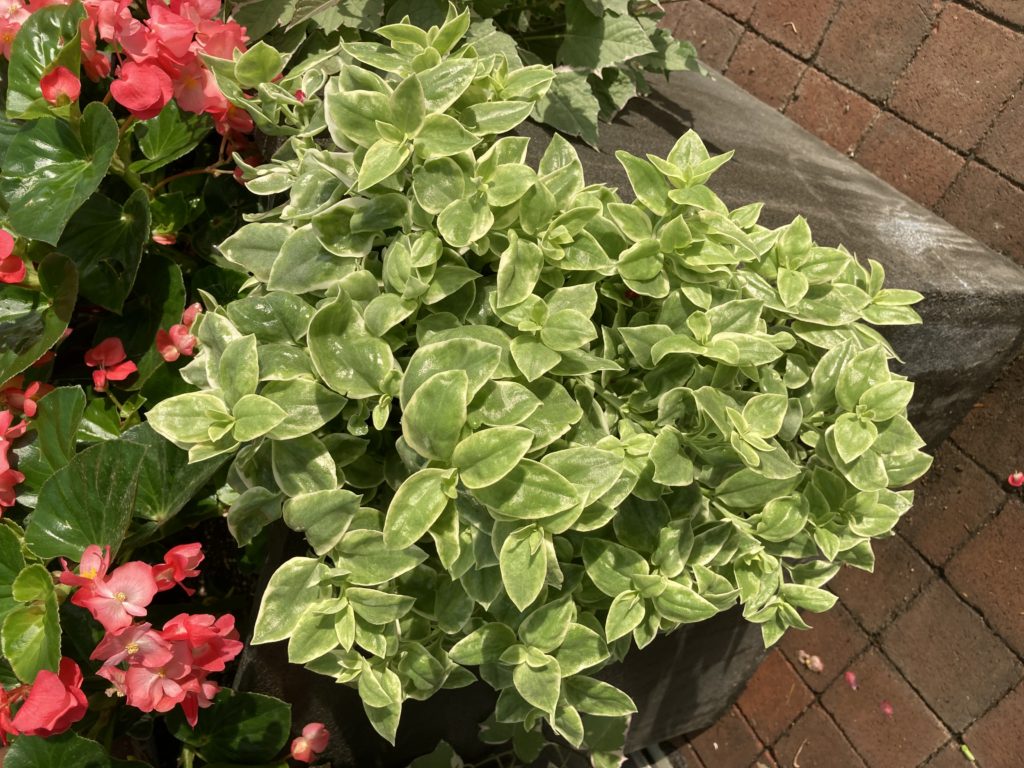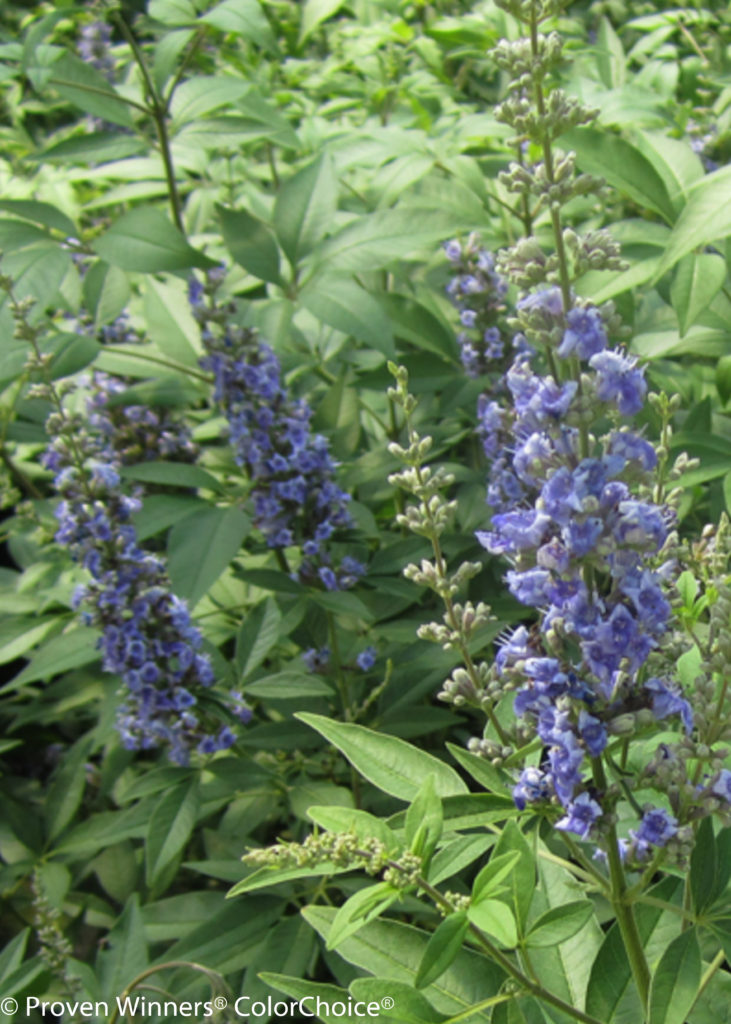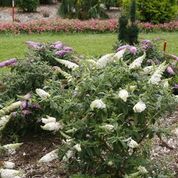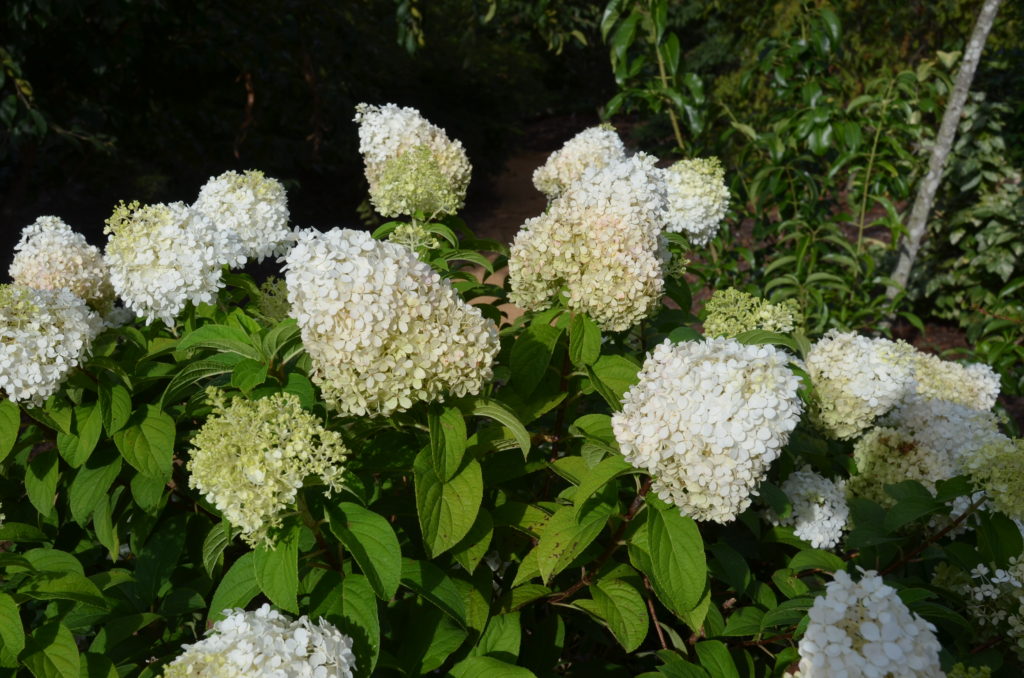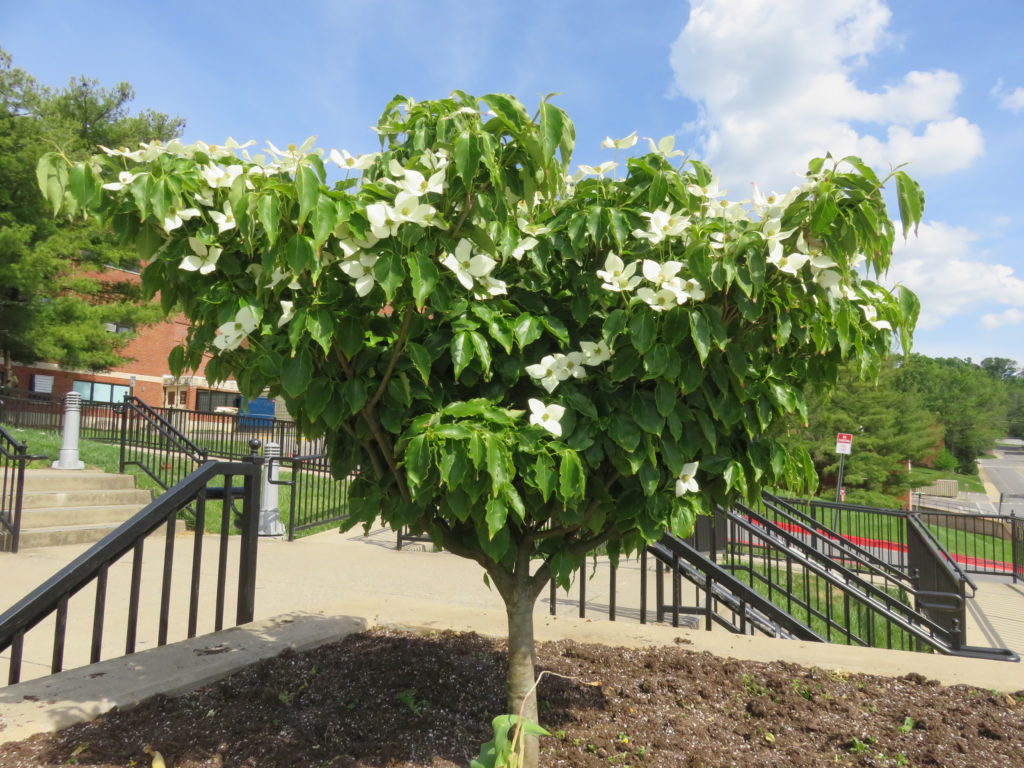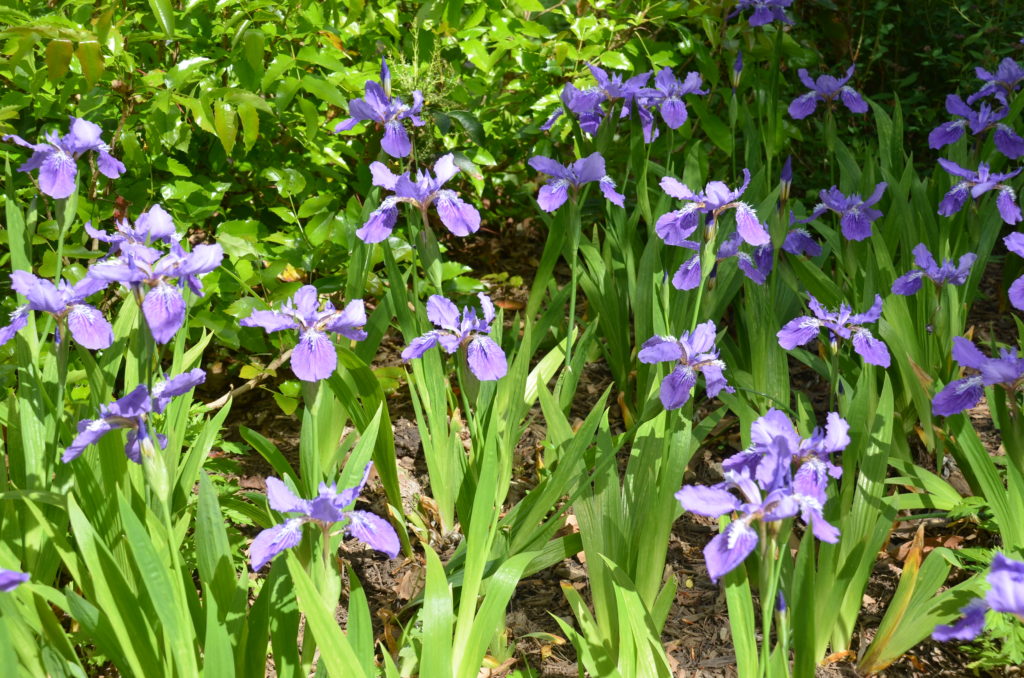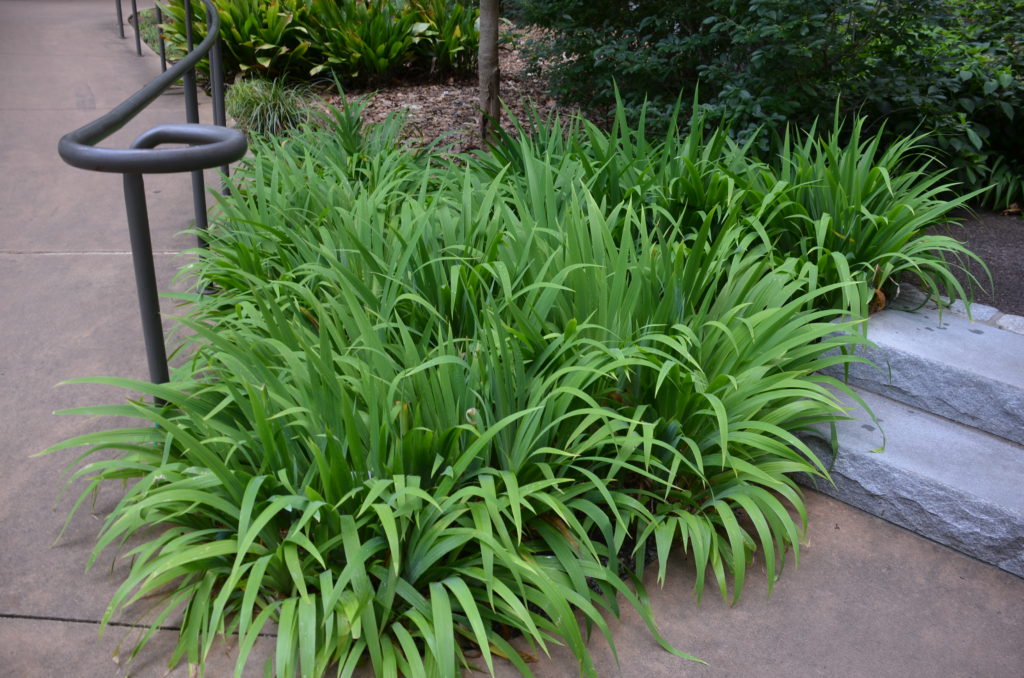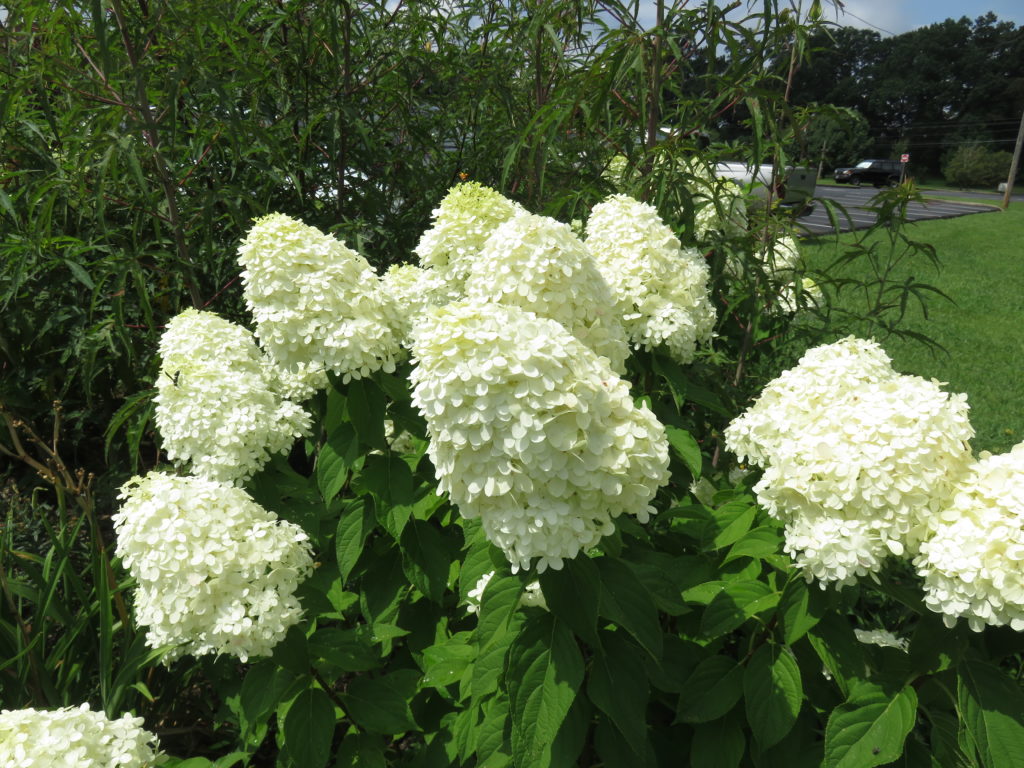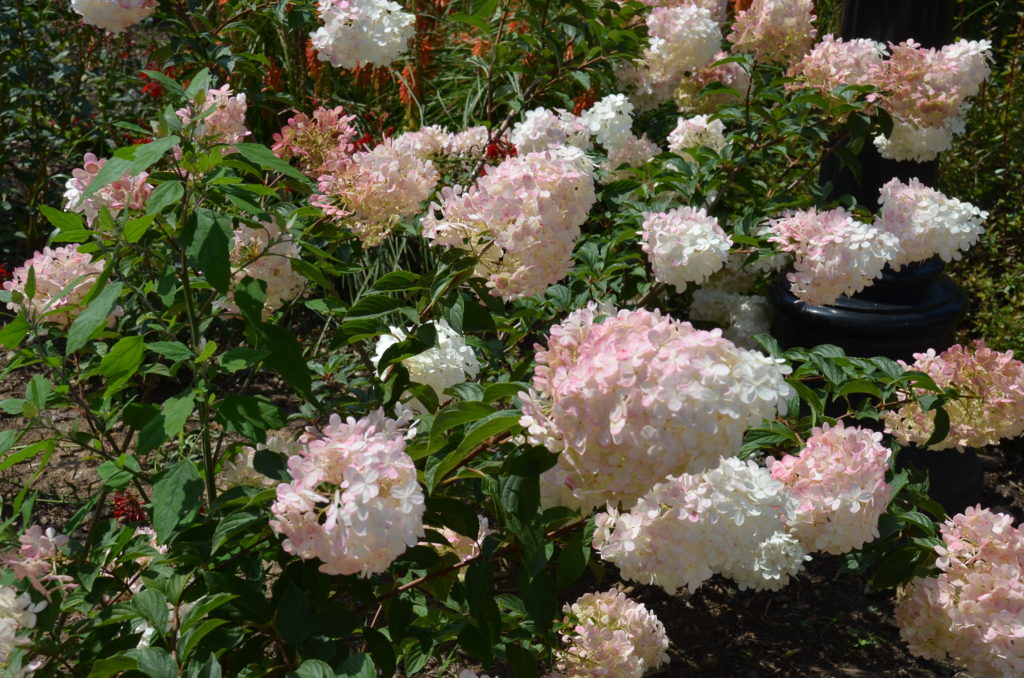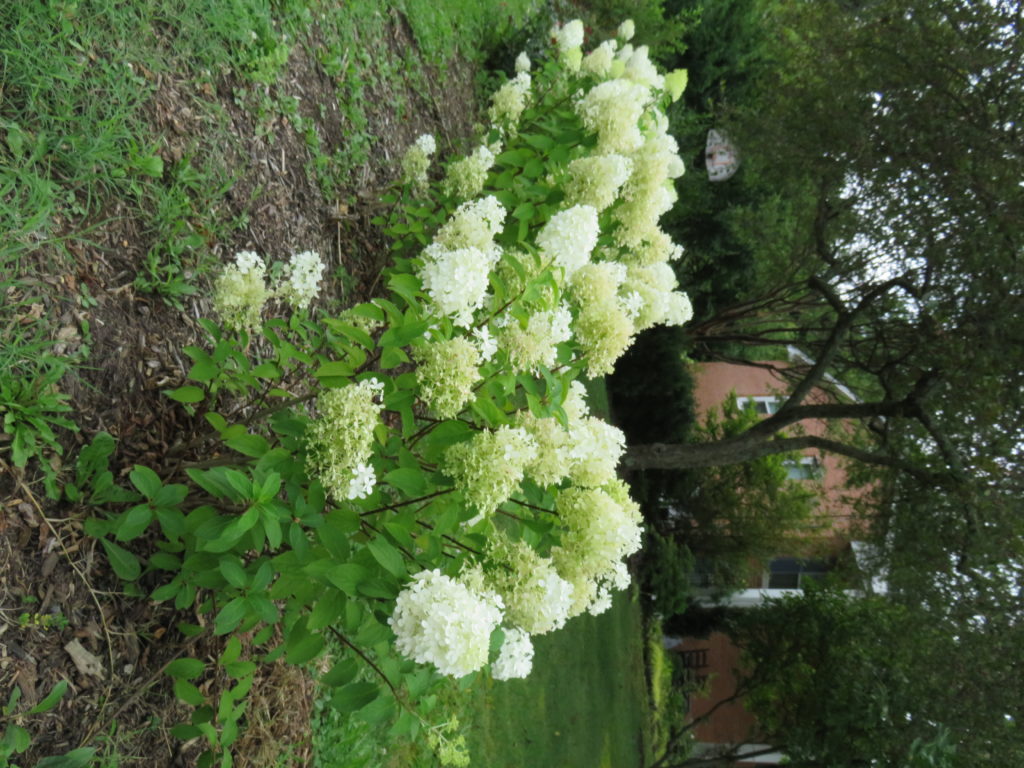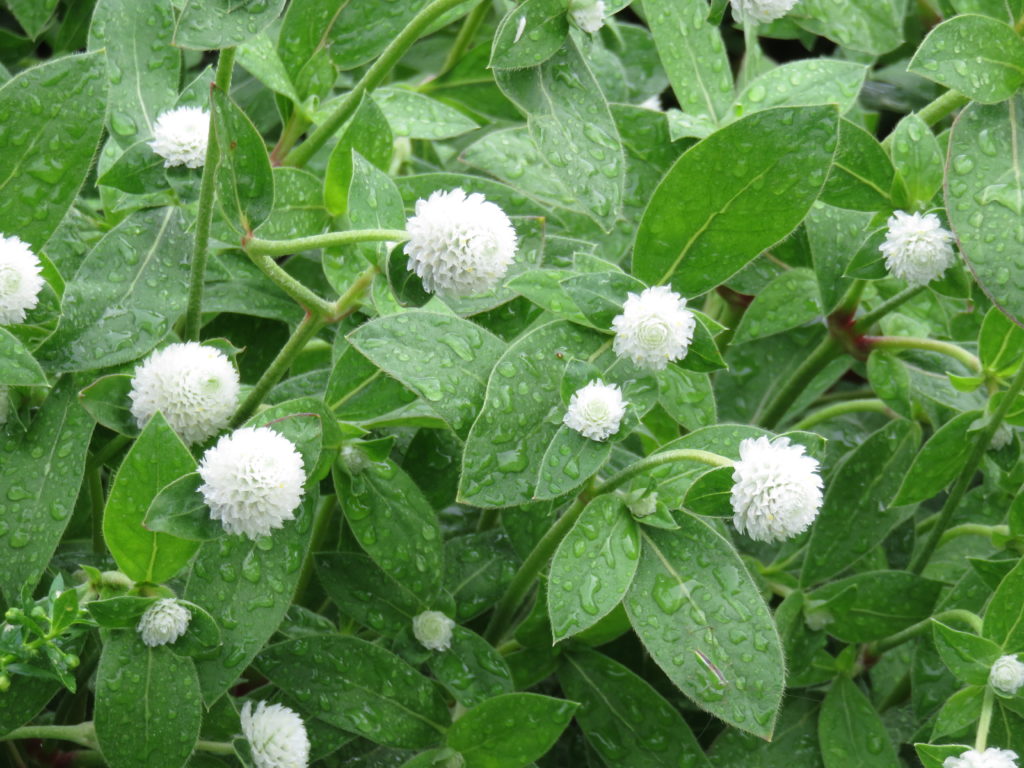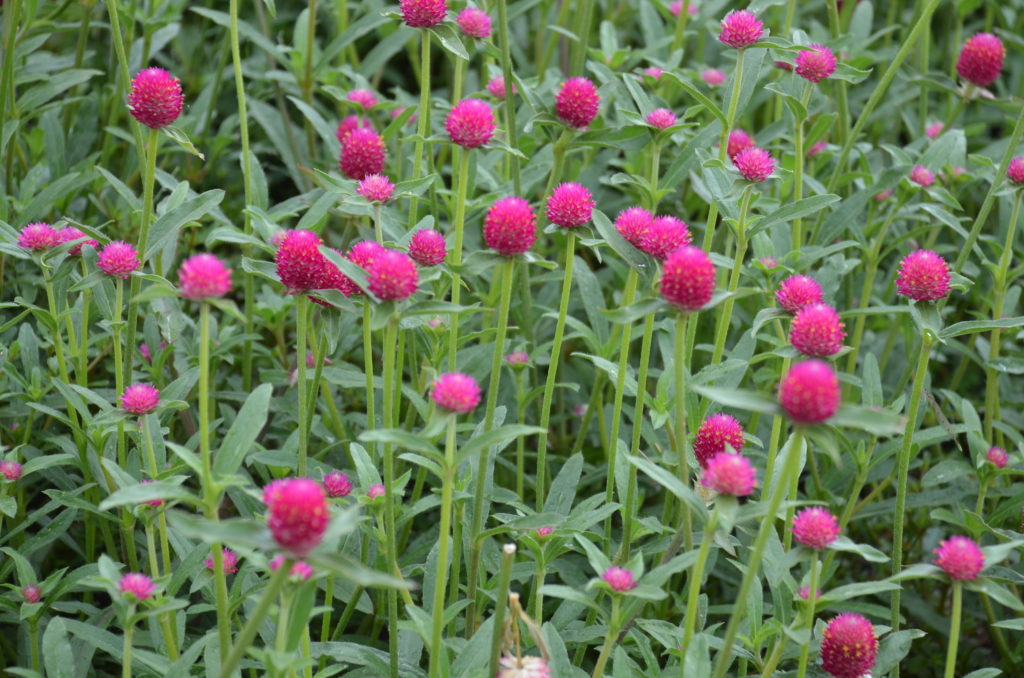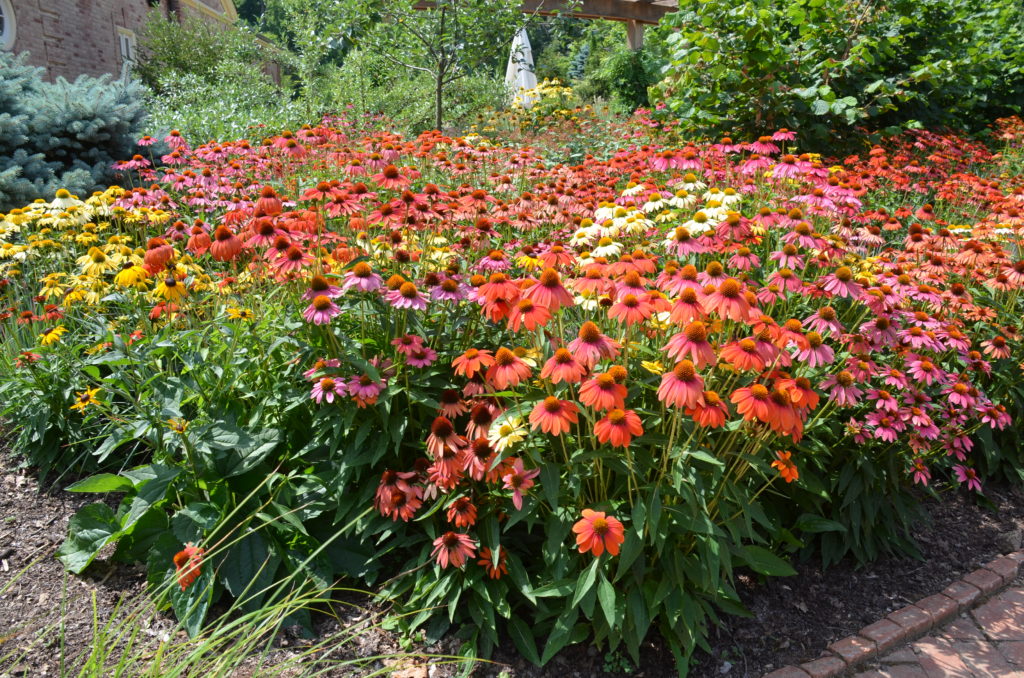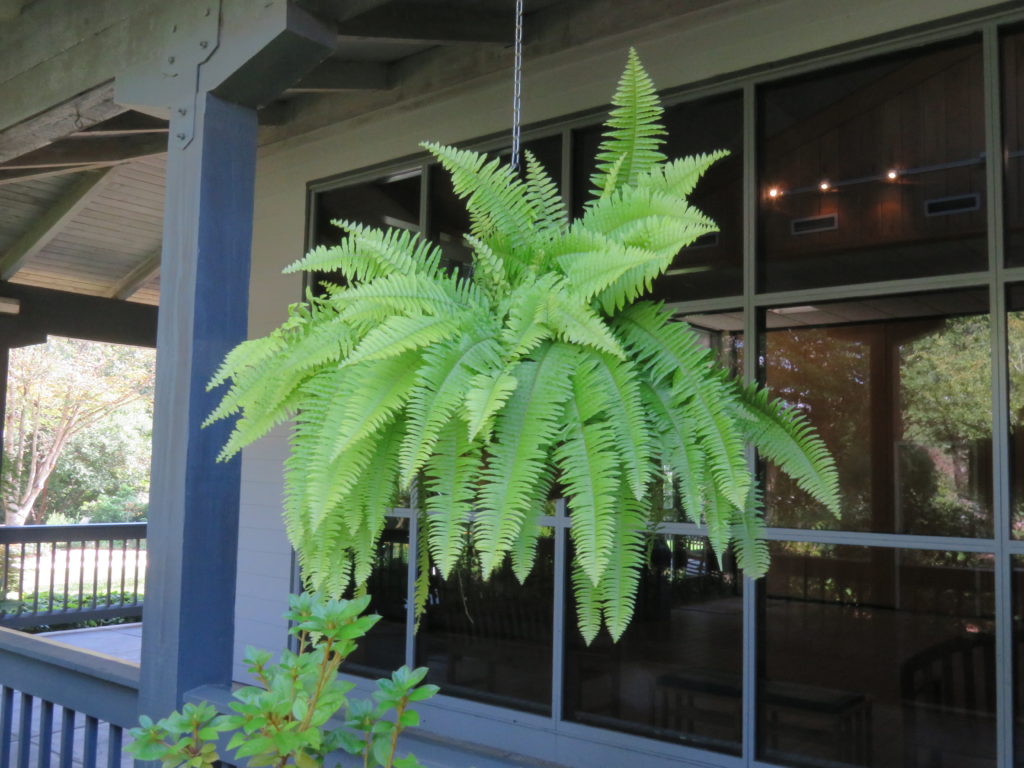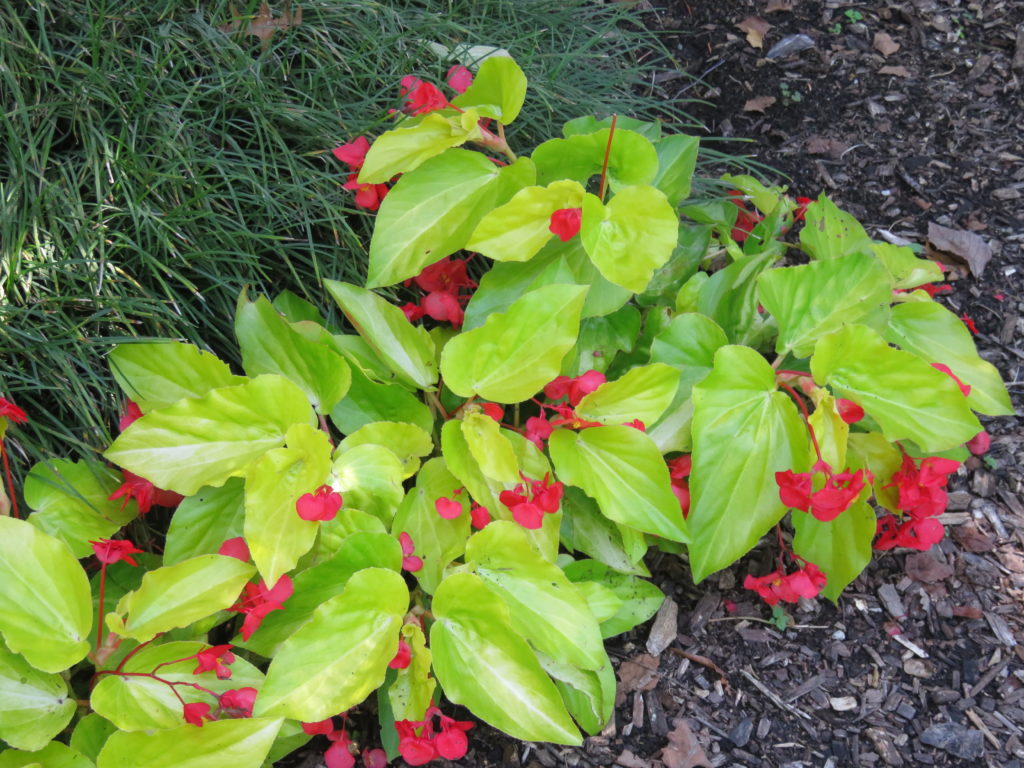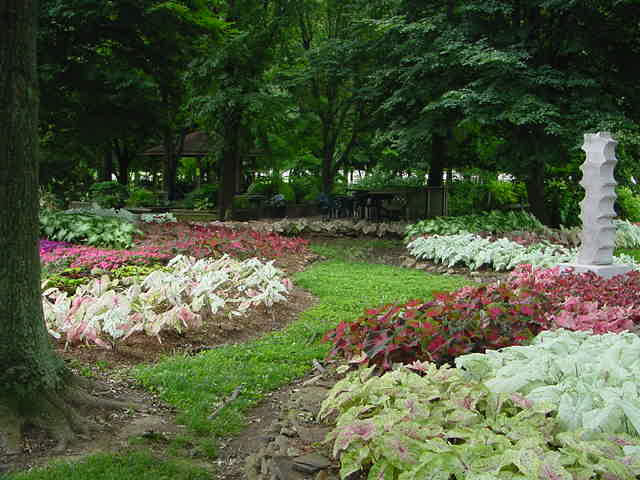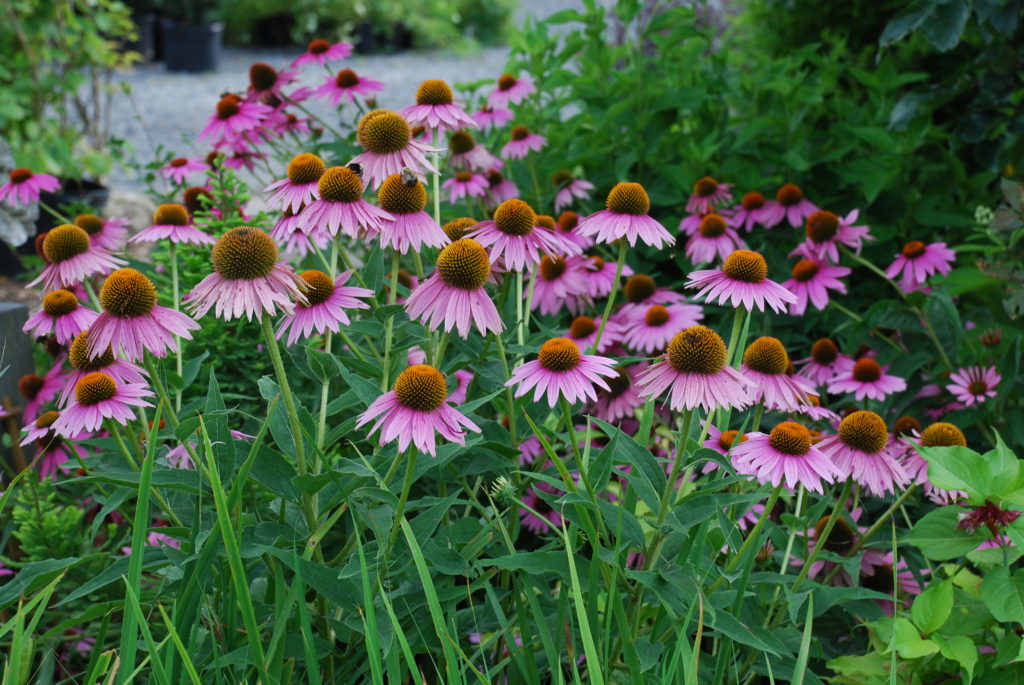
Once established, these ten drought-tolerant plants can cope with hot sun and humidity with low amounts of supplemental water. If you garden in a drought-prone area, or growing in fast-draining raised beds, these drought-resistant plants are a great choice for your garden. Perhaps you wish
to reduce your water bills. Plan to keep plantings adequately mulched during the season.
Purple coneflowers (Echinacea purpurea) are tough and pretty. Purple is the most common flower color, but white, orange, red and yellow varieties are available. New series such as Sombrero®, Artisan™, PowWow®, and Cheyenne Spirit® grow only 16 to 30 inches tall with non-stop blooming from June to September. Leave the dead flower cones to be visited by goldfinches or other birds over winter. (Z 4-9)
Butterfly weed (Asclepias tuberosa) – the iconic, bright orange beauty that’s a staple in every butterfly garden. This showy native wildflower is easy to grow, cold hardy, and does well in poor, dry soil
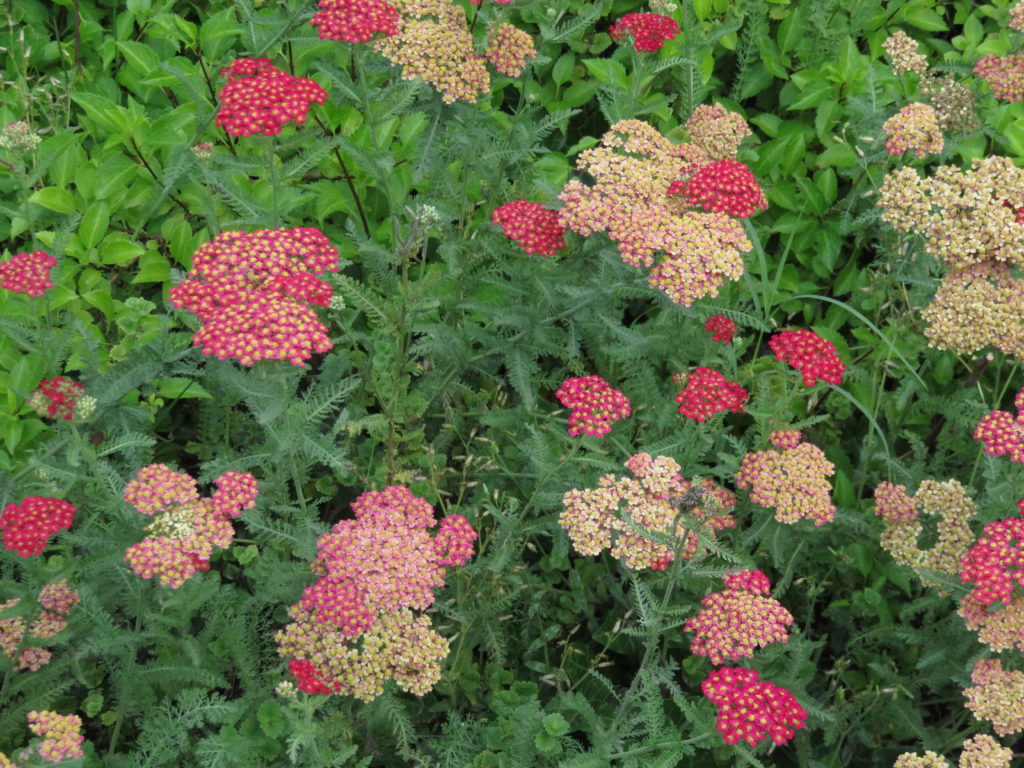
Yarrow (Achillea millefolium)- dazzling red-violet highlight into your pollinator garden. Compact fern-like foliage softens sturdy upright stems. var. Sassy Summer™series
Lavender (Lavandula x intermedia)- forms a compact shrub with aromatic silvery gray-green narrow leaves with long flowering stems are topped by 5 inch spikes of sweet scented bright violet-blue flowers. Often repeat blooms in late summer or fall. var. Phenomenal™ and ‘Provence’.
English Lavender (Lavandula angustifolia) – compact English Lavender like the varieties ‘Hidcote’, ‘Munstead’, or ‘Superblue’ grows 12-24 inches tall, with highly fragrant, deep purple-blue flowers; best planted for edging walkways and in patio containers.
Red Hot Poker (Kniphofia) – fiery colored flower spikes will lighten up your garden. Red-orange- mango-yellow buds, depending on variety, open from bottom to top. Cutoff spent floral stalks and it reblooms in 4-6 weeks. Try ‘Popsicle™ or ‘Pyromania™ series
Russian Sage (Perovskia atriplicifolia) – dwarf varieties like ‘Little Spire’ and ‘Denim N’ Lace’ tall, airy spires of lavender-blue color on highly-textured silver-gray foliage all summer long. low-maintenance, great choice for xeriscaping. Deadhead for continuous bloom.
Anise Hyssop (Agastache foeniculum) – very long blooming perennial (zones 6-10). var. ‘Blue fortune’, ‘Peachy Keen’, Kudo™ and Poquito ™ series
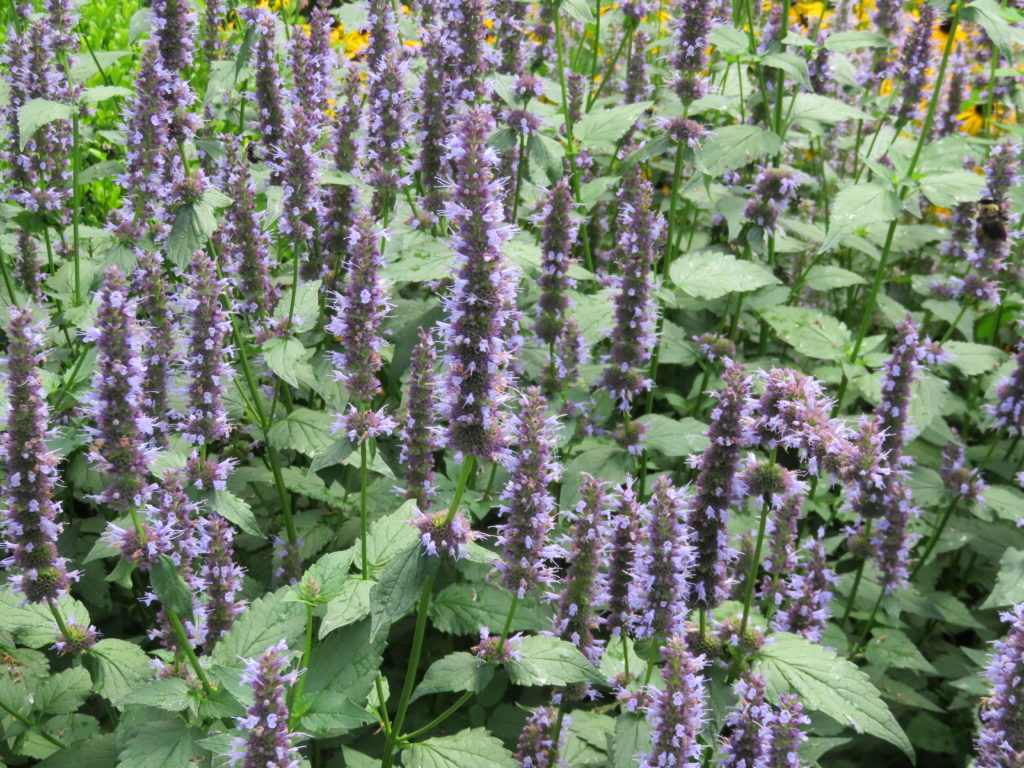
Feather Reed Grass (Calamagrostis) – creates a dramatic garden accent, with tall, slender, vertical growth and feathery plumes of shifting bronze color that stay in place year-round. var. ‘Karl Foerster’, ‘Avalanche’, ‘Overdam’.
Ground Hugging Sedums – a carpet of changing colors that grow only 4 to 6 inches tall and spreads to 24 inches wide. Popular examples: Sedum spurium ‘Dragon’s Blood’, S. ‘Cherry Tart’; S. reflexum ‘Blue Spruce’, S. ‘Neon’, S. rupestre ‘Angelina’. Leaves of some may take on red-orange-yellowish tones in autumn. Star-shaped yellow, ½ inch wide flowers in summer.
Caveat: this information is not relevant to perennials growing in containers.

